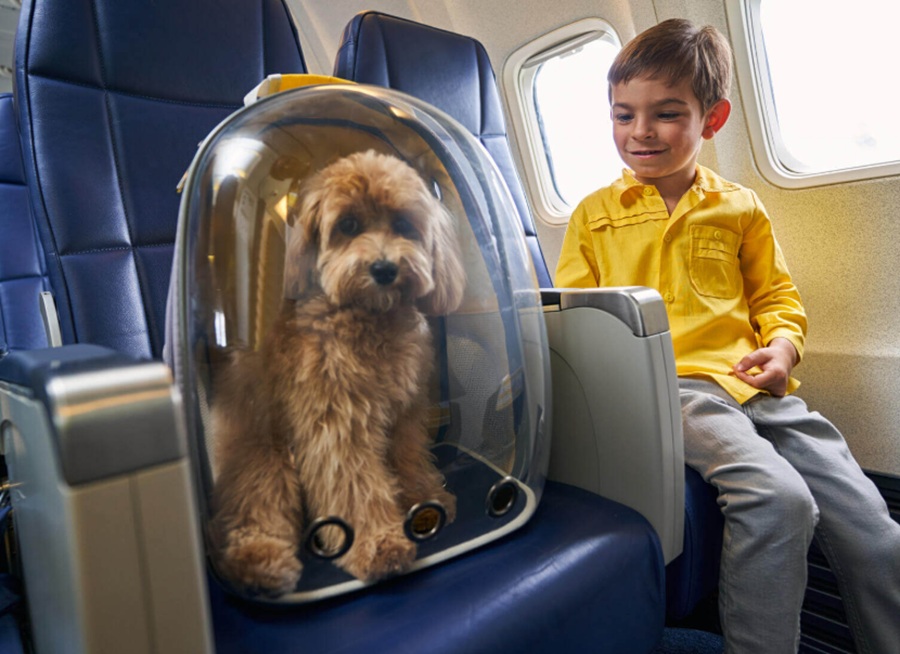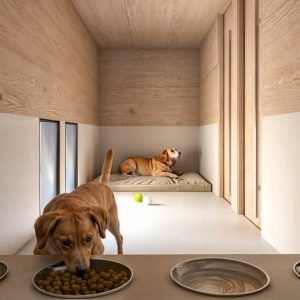Italy’s first flight to carry large dogs in the cabin will take off next week, Transport Minister Matteo Salvini announced at the Italian Pet Summit in Milan.
The flight is expected to be operated by ITA Airways on the Milan–Rome route. It follows new rules introduced in May by the transport ministry and approved by Italy’s civil aviation authority ENAC. These rules allow medium and large dogs to travel in the cabin alongside their owners instead of in the hold.
Until now, airlines had adopted differing approaches. Many low-cost carriers banned all animals in the cabin except for guide dogs, while ITA Airways had only recently raised its in-cabin weight limit from 8 to 10 kilograms for domestic flights. The new framework replaces this patchwork with a clear national policy.
Under the system, dogs must be housed in carriers “adequately secured” to the seat. The combined weight of animal and carrier cannot exceed that of an average passenger. Airlines will decide fares and other conditions for travellers flying with pets.
Salvini said the decision had both social and economic significance. “We have exceeded the old limit of 8–10 kg for air transport, and the news has brought comfort in Italy and sparked discussion around the world,” he told the summit.
Animal welfare ‘improved’ in Italy
The minister also highlighted wider measures to improve animal welfare. He confirmed increased penalties for motorists who abandon animals by the roadside and announced plans to allow transport ministry employees to bring their dogs to the office, echoing similar steps taken by the senate earlier this year.
The Italian Pet Summit went beyond aviation, addressing the broader “pet economy.” Speakers underlined the importance of the human–animal bond, not only for social well-being but also for economic growth. Marco Melosi, president of the National Association of Veterinarians, called for reduced VAT on veterinary services and pet food and greater tax deductions for pet healthcare expenses. He said veterinary professionals must keep pace with technological and scientific advances to meet growing demand, while warning of the financial strain faced by many owners.





